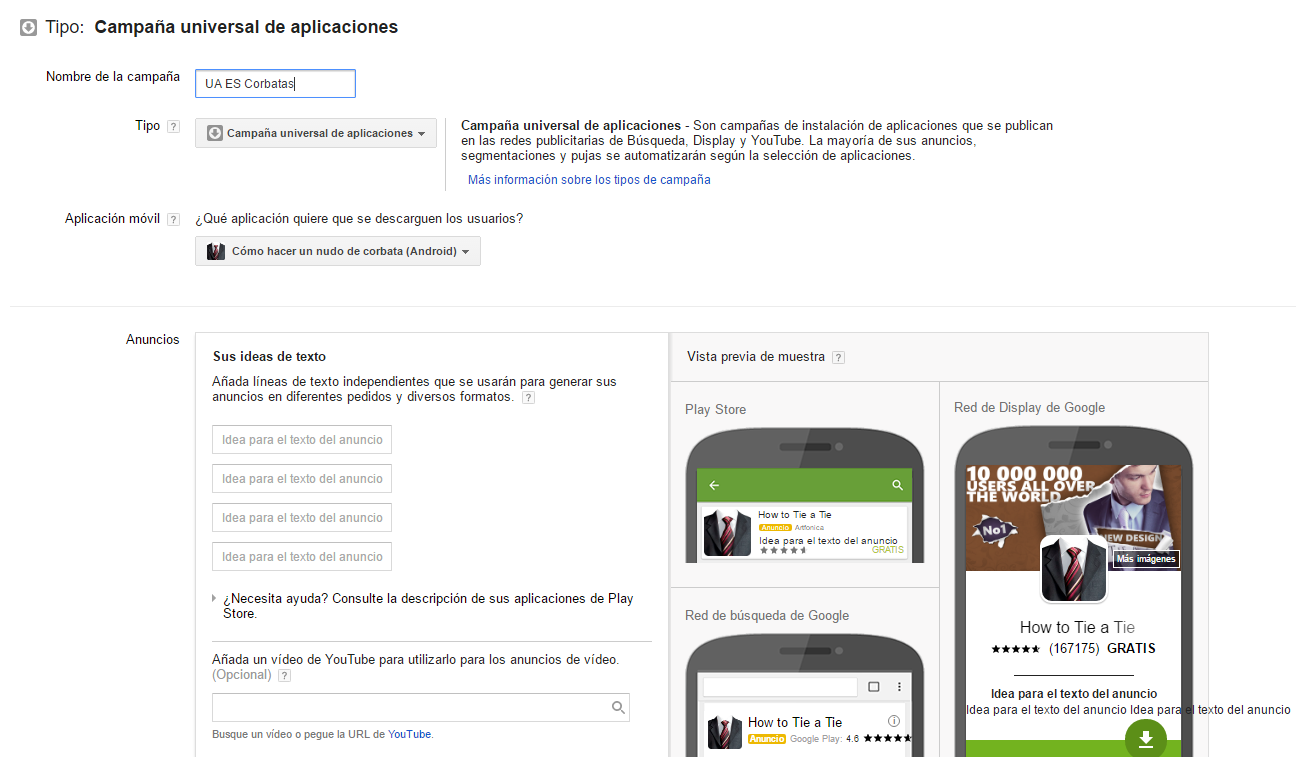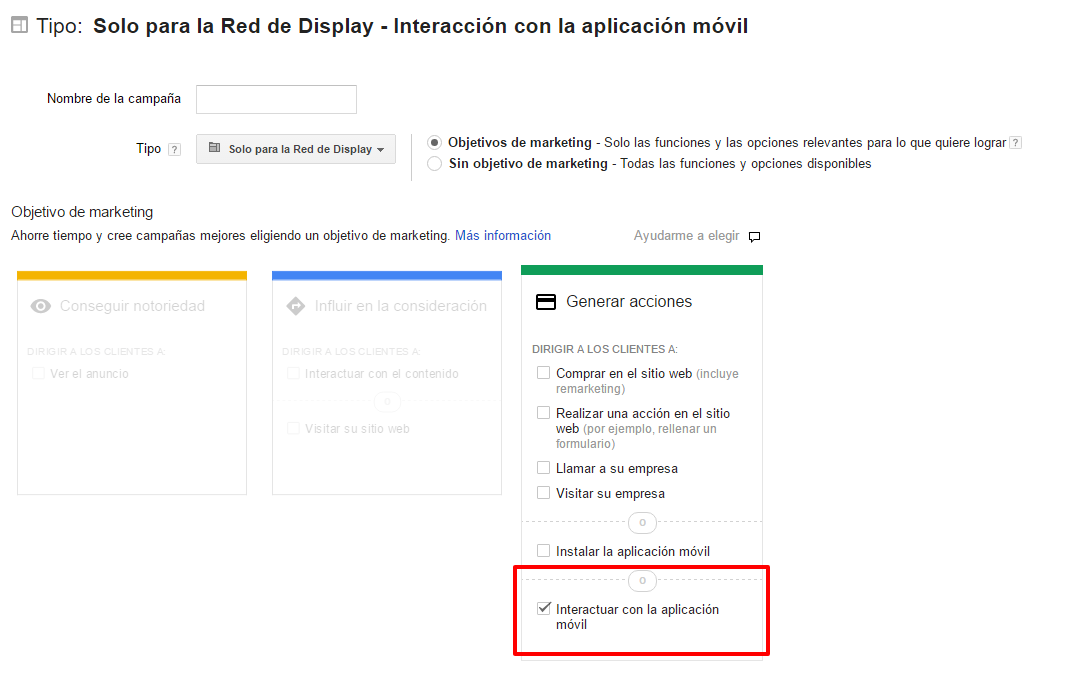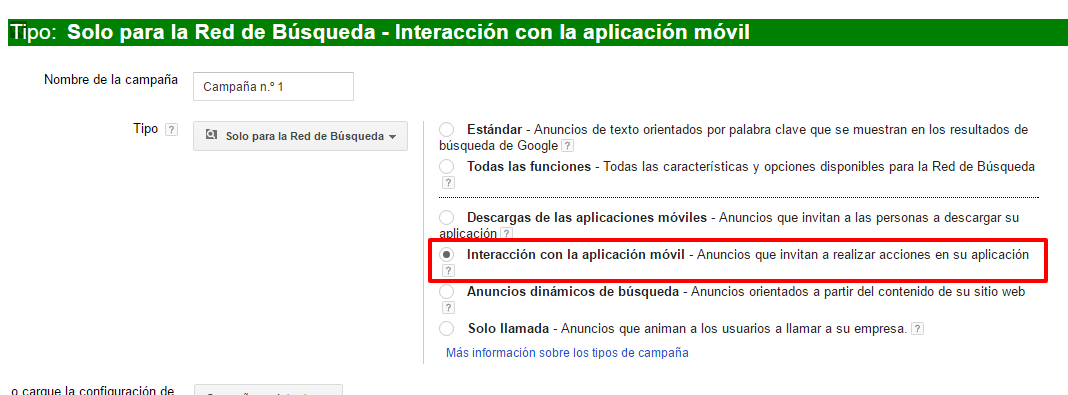Written by Antoni Saurina
Índice
There is no doubt that apps are in fashion, it is nothing new, the figures speak for themselves with thousands of applications downloaded daily and millions of users using them. This is the kind side of this story, the not so kind side is when we put all the efforts and money in implementing an application that nobody uses. According to a study by Silicon Valley analyst Andrew Chen, most applications lose 77% of their users within the first three days after installation. This means that there are thousands of applications that are hardly used. If we also add the difficulty of making the app known and getting users to install it, we are facing a drama for the people who have put all their resources into creating these applications.
Most mobile apps lose 77% of users within the first three days after installation.
If we have already decided to promote our app so that it does not fall into oblivion, now the question is whether to promote it in its first versions or when it is more refined.
If we think about users testing it and reporting bugs, this is usually not a good idea, since a user who installs it and does not have a good experience, it will be very difficult to use it again, and therefore we will have less chances to retain him and install it again.
Therefore, it is of vital importance that the application to be promoted works correctly, since it does not make much sense to give visibility to an app that has errors, missing functions or any other defect that prevents the user from using it normally.
It is important that the app to be promoted works correctly to obtain the best results.
Achieve downloads with the universal application campaign
This type of campaign was born with the idea of promoting the download of an application in the easiest and simplest way possible. All you need to do is select the application and add a few text phrases to help the system create the ads. With this data the system will create automatic ads optimized to achieve the download of the app.
These ads will be displayed on the search network, the display network and YouTube, which means that the promotion will be carried out on a wide range of networks and websites such as Google Play, Google search, the partners Google search, YouTube, relevant content or pages of the YouTube application, the YouTube mobile website, on the Google display network, in other applications and on mobile news websites and Internet blogs. As can be seen, there is a large catalog of supports that will give wide visibility to our application and therefore we will have the opportunity to promote it massively.
The universal application campaign has many supports to give visibility to the ads.
The campaign bases the bidding on target cost per install(CPA), which is the amount we want to pay for each user that installs our application. The system adapts the CPC (Cost per click), CPV (Cost per view) or CPI (Cost per installation) bid depending on the network where the ad is published so that the amount indicated is adjusted to the CPA and not to exceed it. It is important to know that if this number is too low, the system will not find users eligible to meet this amount and the campaign may not receive impressions.
It should be noted that this type of campaign is only available for Android applications, although in the future it is very possible that it will be opened to other platforms.
Get interaction from users
It is very common that a user who installs an application on his cell phone does not use it or deletes it after a few days. In order to encourage users to use it again, we can carry out promotions through various types of campaigns. Some of the actions that can be achieved are:
- Encourage users to use the app again.
- Remind certain types of users to reopen the application and perform a certain action.
- Help users who have started a process to finish it.
- Increase the frequency with which users who have downloaded the app use it.
- Make recommendations to users about new features.
It should be noted that in order to carry out this type of campaign it is necessary to create a remarketing list manually, so that the ads will only be shown to users who have the app installed. Another option is to link the Google Play account with the Google AdWords account, achieving the same result.
Types of campaigns to encourage the use of Apps
The types of campaigns that can be used to encourage the use of the application are as follows:
Display campaigns
They will show ads on the display network to users who have installed the application and we want them to perform a specific action. The initial bidding method is manual CPC, which can be changed to CPA with the passage of time and the achievement of conversions. In addition, it allows you to promote both Android and IOS applications. For example, this type of campaign can be used to promote an e-commerce app, in which the user has remained in the purchase process without completing it and we want to encourage him to do so.
Search campaigns
They will show ads to users who have the app installed and perform searches related to it. In this case all bidding strategies are available but only Android applications can be promoted. For example, it can be used to promote a travel application to a user searching for “vacations in Valencia”.
Complementary options
In addition to the campaigns mentioned above, we can use display, search and video campaigns to promote the installation of our application. Doing it this way, we will have more control and configuration options, although it is also true that the complexity and the work of implementation will be greater.
Another way to give visibility to our app, although in a much more secondary way, is through the ad extensions, which has the application extension that complements the text ads with additional information so that users can learn about the application and download it.
Achieving the objective
As you will have seen, there are a wide variety of campaigns, both to get users to download an app and to get them to use it again. In the end, the important thing is to achieve the initial objective, i.e. that users know and use the application on their mobile devices so that all the efforts and investment do not come to nothing.


